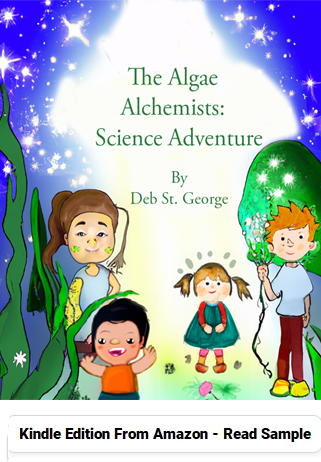A Registered trademark is a very important communicator. It helps in establishing the identities of the brands and protects creative works from plagiarism or theft. In spite of its symbolic and legal power, the symbol needs to softly speak, typographically speaking. Its appropriate and tasteful use is only little, but in good typography, this is considered significant.
The register trademark's size and design widely vary from fonts. This can give the owner lots of choices. The good news is that they can combine and match the symbol with other type of fonts. However, most people prefer the combination of using the same fonts and symbols. It can include a serif symbol with a serif font or sans symbol with sans font. This procedure is completely acceptable and preferable sometimes for substituting sans symbol with a clear text. It can include using the ITC Franklin gothic or Arial fonts. These can provide a more readable symbol which also produces clear prints even when the size is small.
The size of this symbol as been mentioned varies from one type of fonts to another. Using ® after a word can adjust its point size to make it legible and clean but unobtrusive. There are few general guidelines in doing this.
The symbol must be half the height of the text's size. As the text becomes larger, proportionality must never be taken for granted. In using register trademarks in headlines, make sure that it is proportionately smaller than the texts.
The ® symbol is used to denote that a particular trademark is registered with the government or other registering institutions. But to be considered eligible, it must perform important trademark function and contains distinctive characters. It should be understood that registration is a continuous process provided that marks are inherently distinctive.
1. Inherently or fanciful trademark. This is a good candidate for registration if it is used for the first time. It is made entirely of a fanciful or invented sign. Take for instance; Kodak has no meaning but after it was adopted and utilized as a trademark for goods associated with photography, proprietary rights are already achieved. Invented marks are considered neologisms, meaning it was not previously found in dictionaries.
2. Arbitrary trademarks are commonly used to refer meaningless contexts such as Apple for denoting computers. Marks such as this consist of images or words which already exist in dictionaries before its trademark adaptation in connection with services or products. But the meaning is unrelated to what is stated in the dictionary. For example, Salty Refrigerators doesn't necessarily mean salty or anything related to salt.
3. Suggestive trademark is used to indicate the quality, characteristics, or nature of the services or products in connection to its usage. Nevertheless, it does not directly describe such features. So, consumer needs to use their imagination to identify such characteristics. Perceptive imagination is needed for suggestive marks. One typical example is using the word Salty to denote sailing gears.
4. Descriptive marks are terms with meanings in the dictionary. These are used directly for services or products related to its meaning. Salty can be used to refer anchovies or saltine crackers. But such terms can be only registered if distinctive character was been established in the market place after its extensive usage.
5. Generic terms are commonly used for services or products associated with its usage. Salt can be used to refer sodium chloride products. However, these terms do not serve important trademark functions to distinguish services or products form other existing services or products. Legal protection can be denied. This is because these terms are generally used without the use of any organization's propriety trademarks. Later on, these terms are considered as genericized trademarks.
Generally, the method for distinctive character assessment of a trademark is to see the reaction of consumers. Thus, a trademark can only be registered inherently if the consumers never encountered or heard the mark in the past. Moreover, a mark cannot be accepted if information about the characteristics of services or products is apparent. It can include words such as large, black, sweet, or delicious when denoting fruits.
The owners should follow the primary consideration when selecting trademarks to become good candidates for registration. In this way, they can use the symbol ® and obtain the benefits of propriety rights.
Patents and Trademarks


